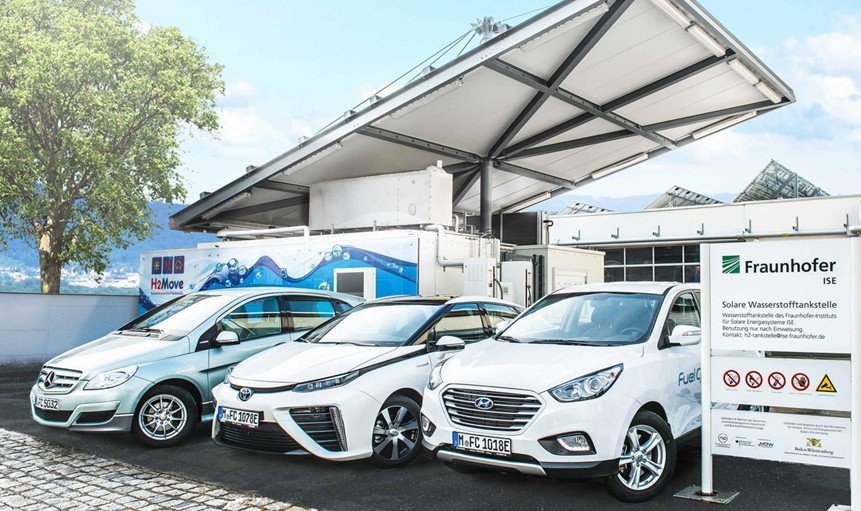
The energy carrier hydrogen in combination with a fuel cell is regarded as a particularly clean alternative in the mobility of the future. But even the slightest contamination of the odorless and colorless gas can put an abrupt end to driving pleasure. “The fuel cell can be poisoned,” explains sensor expert Andreas Schütze from Saarland University.
Accordingly, fuel cells, like other fuels, have the same effect: If quality and purity are not correct, this has an effect on the car. Sulphur components, ammonia or hydrocarbons can thus already enter the hydrogen during production, on the way to the filling station and during pressing into the tanks. Even small impurities can damage the cell membranes. As a result, the fuel cell produces less electricity, less power and fewer kilometers on the road. If worst comes to worst, the car can even stop driving and have permanent damage.
Development of infrared measuring cell
Reason enough for the scientists at Saarland University and the Saarbrücken Centre for Mechatronics and Automation Technology (Zema) to work together with the Fraunhofer Institute for Solar Energy Systems ISE and Hydac Electronic to develop an infrared measuring cell that checks the quality and purity of hydrogen directly during refuelling. This is the only way to guarantee that the fuel cell receives good fuel so that the hydrogen-powered car has a long service life.
Schütze: “The challenges here lie both in the required accuracy as well as in the conditions under which the measuring system is to perform measurements. Compressed pressures of 700 to 900 bar make the fuel gauge reach its limit after less than three minutes.”
The process developed by the researchers should therefore work reliably and accurately even under these extreme conditions. They even use the high pressure to further increase the sensitivity of their system. Andreas Schütze and his team have already brought such measuring cells for oil and liquids to market maturity. Here, however, the scientists are breaking new ground. “So far, there has been no experience with measurements at such high pressures. Normally, such measurements take place at a pressure of 40 or 50 bar at most,” says Andreas Schütze. The measuring cell for the gas is located directly in the tank line: the hydrogen flows through a small tube. “Here we illuminate the gas with an infrared source and collect the rays on the opposite side. If the gas changes chemically, the received light spectrum also changes. From this we can draw conclusions about admixtures and impurities,” explains Schütze.
First test in autumn

The scientists are currently conducting experiments and assigning the measured values to the various impurities. In doing so, they determine which wavelengths of infrared light are best suited. They also calibrate their system. All of this is preparatory work for the sensor system, which is scheduled to go into operation for the first time this autumn at the ISE test fuel pump. “We are investigating whether and how the measured values of the infrared spectrum change depending on the pressure. The system must be able to reliably detect very different impurities, which are also significantly lower than for oil, for example,” explains engineer Marco Schott, who is working on the hydrogen measuring cell as a doctoral student. The high-pressure test stand can be seen from the 1st to the 5th of April at the Hannover Messe at the Saarland research stand B46 in Hall 2. Until the new sensor system is launched on the market, hydrogen will still be tested in laboratories in a complex and selective manner by means of random samples and analyses.
These article may also interest you
Research Project: Chemical Storage of Renewable Energy
Swimming against the current with hydrogen
Focus on more than just electric driving
Siemens to pursue a zero-emissions strategy at sea with fuel cell partnership

